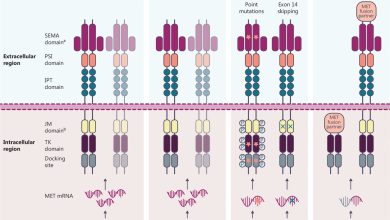Is Cognitive Behavioral Therapy a Valid Choice for Chronic Pain?

America has a chronic pain problem. An estimated 21% of us experience chronic pain at some point in our lives. For as many as 8%, the pain is severe enough to significantly impact daily life. So how are we treating it? That depends on who is treating it. Enter a well-known psychotherapy known as cognitive behavioral therapy (CBT).
Medical interventions for pain include things like prescription medications, surgical procedures, and physical therapy. In states with medical cannabis programs, one of the trendiest ways to treat chronic pain right now is through a cannabis recommendation. CBT is different. Instead of physically impacting the body to change the way a person feels, CBT targets a patient’s thoughts.
Thoughts, Emotions, And Physical Feelings
CBT was first developed in the 1950s as a way to treat mental health disorders like anxiety. With decades of research, scientists began to understand the link between thoughts and emotions and the way a person physically feels. More research led to CBT as a treatment for drug and alcohol addiction.
Its success boils down to the understanding that a person’s thoughts on a given topic influence their emotions. Combined, the thoughts and emotions have an influence on a person’s behaviors. So by changing thoughts and emotions, one can also change behaviors. And when behaviors are changed, so are physical experiences.
CBT is a talking therapy that is divided into four stages:
- Identifying the issues the person struggling with.
- Identifying the person’s thoughts and feelings about those issues.
- Acknowledging the thoughts that are either inaccurate or excessively negative.
- Reshaping inaccurate and negative thoughts to make them accurate and positive.
Within these four stages are goals set by the therapist and patient together. The patient moves through the treatment as goals are achieved. According to the experts at KindlyMD, a group of Utah health clinics that offer both mental health services and pain management, completing all the goals completes treatment.
It is Application to Pain Management
So, how can CBT be applied to pain management? It is believed that changing one’s thoughts about pain can change what a person physically experiences. Think about it in terms of how you feel about certain types of pain.
Do you hate going to the dentist because of the pain involved? In all likelihood, every visit to the dentist is a painful experience for you. But CBT posits that your experiences might be the equivalent of a self-fulfilling prophecy. You believe going to the dentist is going to be painful, so it is.
It is clear that people who focus their attention on not feeling well continue to not feel well for a prolonged amount of time. That is why psychotherapists don’t want their patients dwelling exclusively on their problems. Dwelling on them only makes things worse. Pain works the same way.
CBT seeks to identify the negative and inaccurate thoughts patients have about pain, then change those thoughts. In so doing, they can take advantage of the link between thoughts, emotions, and physical experiences to actually help patients feel better.
It is Worth a Try
There is no guarantee that CBT will work. But chronic pain patients know that there are no guarantees with prescription medications, surgeries, or any other treatments. No chronic pain treatment enjoys a 100% success rate.
CBT may be worth a try if more traditional treatments do not work. The worst that could happen to a patient is attending 20 weeks of sessions and not feeling any better. On the other hand, CBT could work well enough to permanently change the patient’s life.








